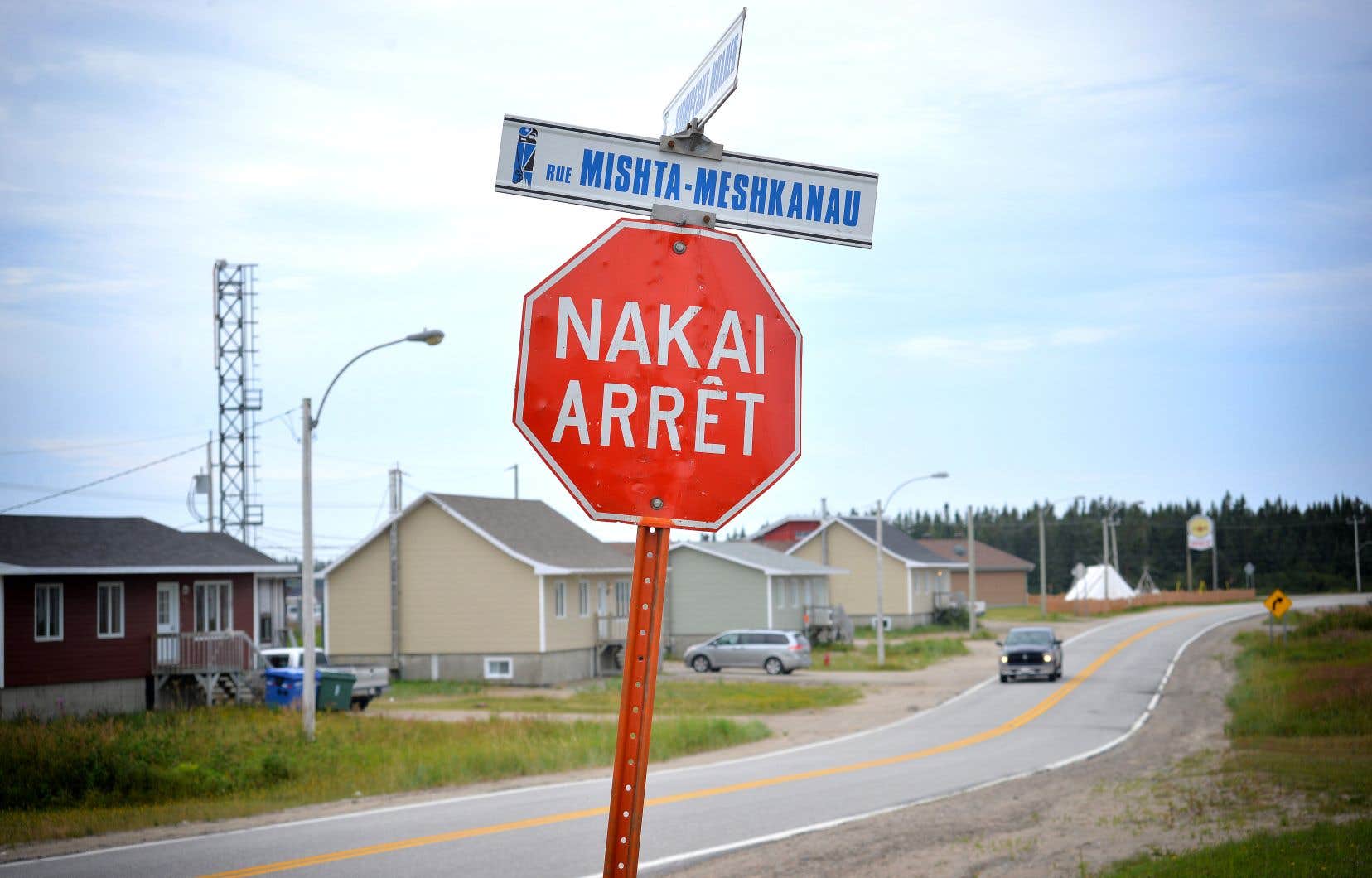This text is part of the special Francophonie notebook
Can the Francophonie be a lever for the sociocultural development of First Nations and indigenous peoples? On the one hand, the poems in Innu-aimun and French by Joséphine Bacon and Rita Mestokosho shine throughout the province and the French-speaking world — and even beyond. On the other hand, the number of speakers of indigenous languages continues to decline in the country. If the benefits can be mutual, a vast project of recognition of indigenous languages, cultures and realities remains necessary to establish common approaches.
“You who made me guardian of the language, you who charged me to pursue your word, I know that you see me,” writes Joséphine Bacon in French and Innu-aimun, her mother tongue, in her collection Message sticks, Tshissinuatshitakana. The poet received the Molson Prize from the Canada Council for the Arts last year. “My biggest risk, ultimately, was to dare to write in my language so that elders could read me and future generations could find their history in Innu-aimun poetry. It is thanks to language that they will have access to their history,” she declared.
More than 70 distinct Indigenous languages are currently spoken by First Nations, Métis and Inuit people in Canada, according to the most recent data from Statistics Canada. All are considered endangered, with the exception of Inuktitut. It is in Quebec that they are most widely spoken — mainly Cree languages — but the number of speakers decreases as the elders disappear. Atikamekw is also the only one whose use increased between 2016 and 2021.
At home, these languages coexist with French and English, which are becoming more and more important or have replaced them. In Quebec, French has become the first language among the Wolastoqiyiks, the Abenakis and the Wendats. In Wendake, a process of revitalization of Wendat is underway to revive this dormant language.
Ambiguous relationship
A complex and ambiguous situation, according to Louis-Jacques Dorais, researcher in linguistic anthropology and professor emeritus at Laval University. “The French language can be perceived as much as a threat on a local level as an interesting communication tool and, even, an engine of socio-cultural development on a national and international scale,” he analyzes. Indigenous productions in French provide access to a larger world and are a vector for transmitting the values and thoughts of communities through poetry, theater, novels and music. »
Non-native media also play an essential role in the visibility effort and the way in which indigenous difficulties, knowledge and production are addressed. But broadcasting the socio-economic problems of communities is not enough. “It is also important to talk about positive initiatives, indigenous art, literature, research,” concludes Mr. Dorais. For the professor emeritus, there is “a real need to see and hear what it means to be indigenous in 2024.” Even if they have a more limited scope, community radio stations are valuable and contribute to the preservation of the language, especially in the most remote villages.
Double penalized
Profound structural changes must be made at the federal and provincial level in order to reduce the social distance between non-natives and natives, according to Alexandre Bacon, founding president of the Ashukan Institute. “There is a significant blind spot in the collective consciousness of the colonial past, with the Indian Act, and an initial desire to make indigenous languages and cultures disappear,” he emphasizes. It had devastating effects. » Francophone indigenous communities are doubly penalized by the difficulty in accessing certain federal services intended for English speakers.
“This context stands as an obstacle to the natural partnership that could emerge between defenders of the French language and indigenous languages,” continues Mr. Bacon. Everything that has been done in legislative and political terms in Quebec to safeguard French crushes indigenous languages, as if there was not room for all of them. It’s rather an asset, in my opinion, and it would be very sad news to learn that no one speaks French anymore. »
A global effort is therefore essential to consider the strategic interest that small French-speaking households have in setting up common tools. “There is still resistance from governments to include more content related to indigenous peoples in school curricula. » Most often, these are isolated initiatives, but there is no systemic approach that could be developed with the communities. “It is a necessary condition for the emergence of provincial policies of collaboration and real mutual protection of languages,” he asserts.
Mr. Bacon remains optimistic. “We still see a lot of transformations that have taken place within Canadian society and in Quebec. People want to get their hands dirty to accelerate the building of more meaningful relationships with indigenous peoples,” he says. The Ashukan Institute offers online training, conferences and strategic consulting services focused on Indigenous realities and challenges. As many businesses and organizations seek to implement more equitable and inclusive measures, public policies must follow to achieve cultural safety.
This content was produced by the Special Publications team at Duty, relating to marketing. The writing of the Duty did not take part.
